 What happens when an established golf equipment manufacturer creates a research and development partnership with an Italian automaker known for their insanely fast supercars? We’ll answer that question in a minute, but it should come as no surprise that Callaway and Autmobilia Lamborghini (commonly known as just “Lamborghini”) have officially formalized their partnership after a number of years of collaboration on advanced materials. That, and apparently they both have some sort of obsession with the devil (Lamborghini Diablo, Callaway’s Diablo line of clubs, see the pattern here??).
What happens when an established golf equipment manufacturer creates a research and development partnership with an Italian automaker known for their insanely fast supercars? We’ll answer that question in a minute, but it should come as no surprise that Callaway and Autmobilia Lamborghini (commonly known as just “Lamborghini”) have officially formalized their partnership after a number of years of collaboration on advanced materials. That, and apparently they both have some sort of obsession with the devil (Lamborghini Diablo, Callaway’s Diablo line of clubs, see the pattern here??).
Before I start spreading rumors of some devil worship cult that exists deep within the these two corporate giants, you should probably know that the Lamborghini Diablo was actually named after a fighting bull. Now that I’ve drifted ridiculously off-topic, I’m going to yank us right back like a bull fighter yanking away the red cape so that we can take a look at the latest drivers and fairway woods from Callaway.
Diablo Octane and Diablo Octane Tour Drivers
Created out the previously mentioned an R&D partnership between Callaway and Automobilia Lamborghini, the new Forged Composite material used in Callaway’s new drivers allows for a very specific placement of the Center of Gravity, and also allows for MOI to be dialed in to extremely accurate levels. The clubhead of the Diablo Octane is lighter and more efficient than previous models, which helps milk increased clubhead speeds. Taking that idea another step forward is the mating of this new head with a longer shaft, which definitely equates to the clubhead moving faster along its path. As we know, a longer shaft can lead to less accurate contact. Thanks to Callaway’s proprietary Hyperbolic Face Technology, you can get away with being a little less than perfect, as this new tech produces an expanded sweet spot and improved impact efficiency.
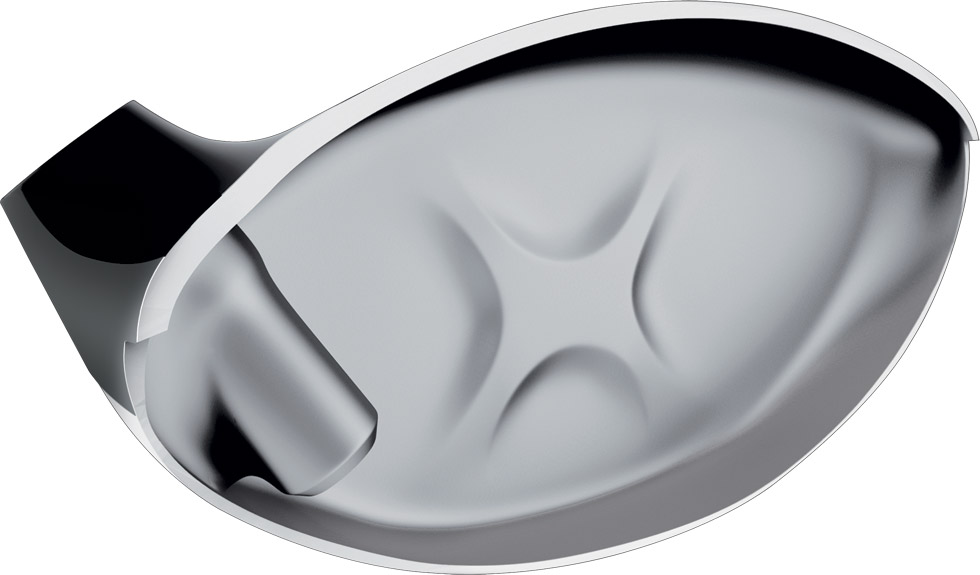
The Hyperbolic Face Technology is the product of a new chemical milling process which selectively removes unwanted material and allows for very precise control over the thickness of the face. According to Callaway, these improvements combined results in an average distance gain of 8 yards over last year’s all titanium Diablo Edge drivers.
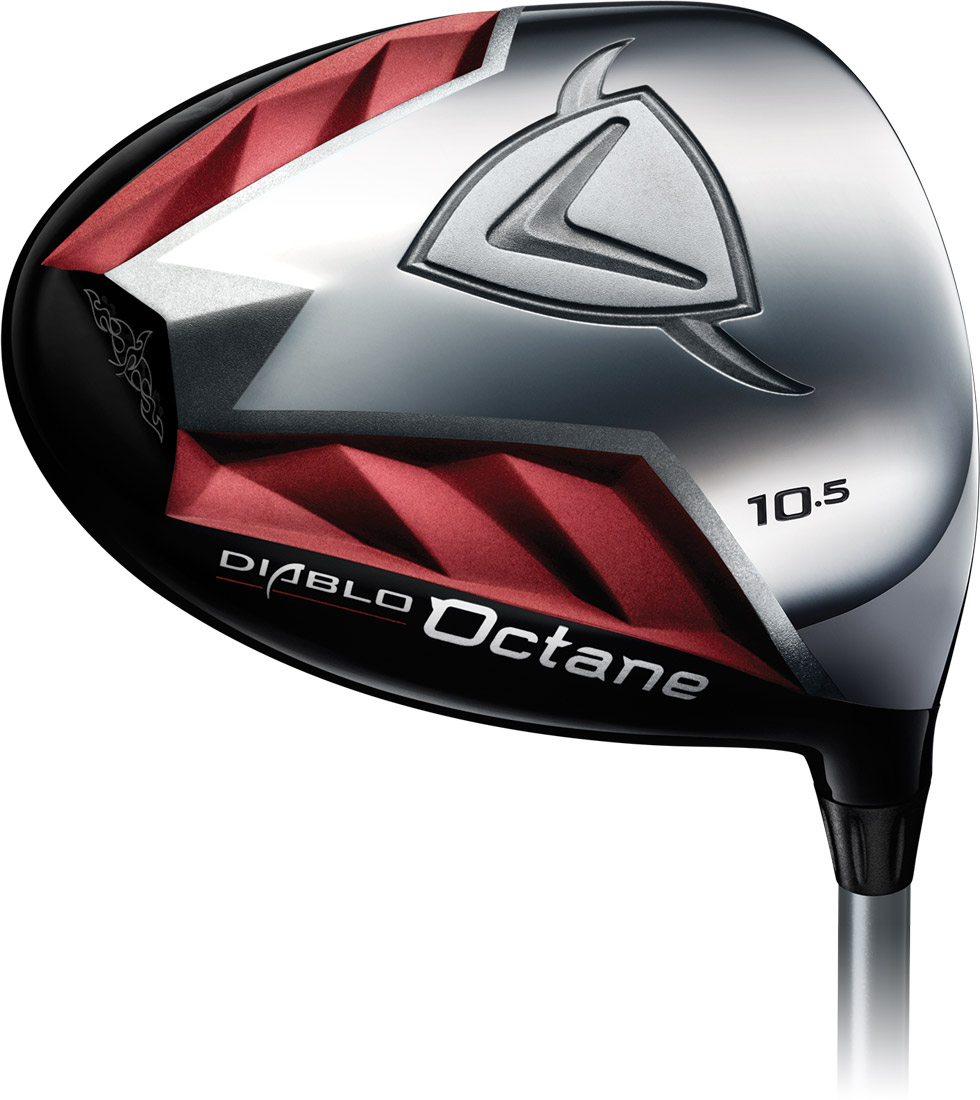
The Diablo Octane Tour driver keeps the more advanced players happy as it features a head that is slightly smaller than the standard Diablo Octane driver (10cc smaller than the 460cc Diablo Octane, to be exact), as well as a full hosel and a more open appearance at address. In fact, there is also variation across the lofts of the standard Diablo Octane, with the 13.5° and 11.5° sitting at 1.0° closed, the 9.5° and 10.5° maintaining a square face angle, and all Tour model lofts resting at 1.0° open.
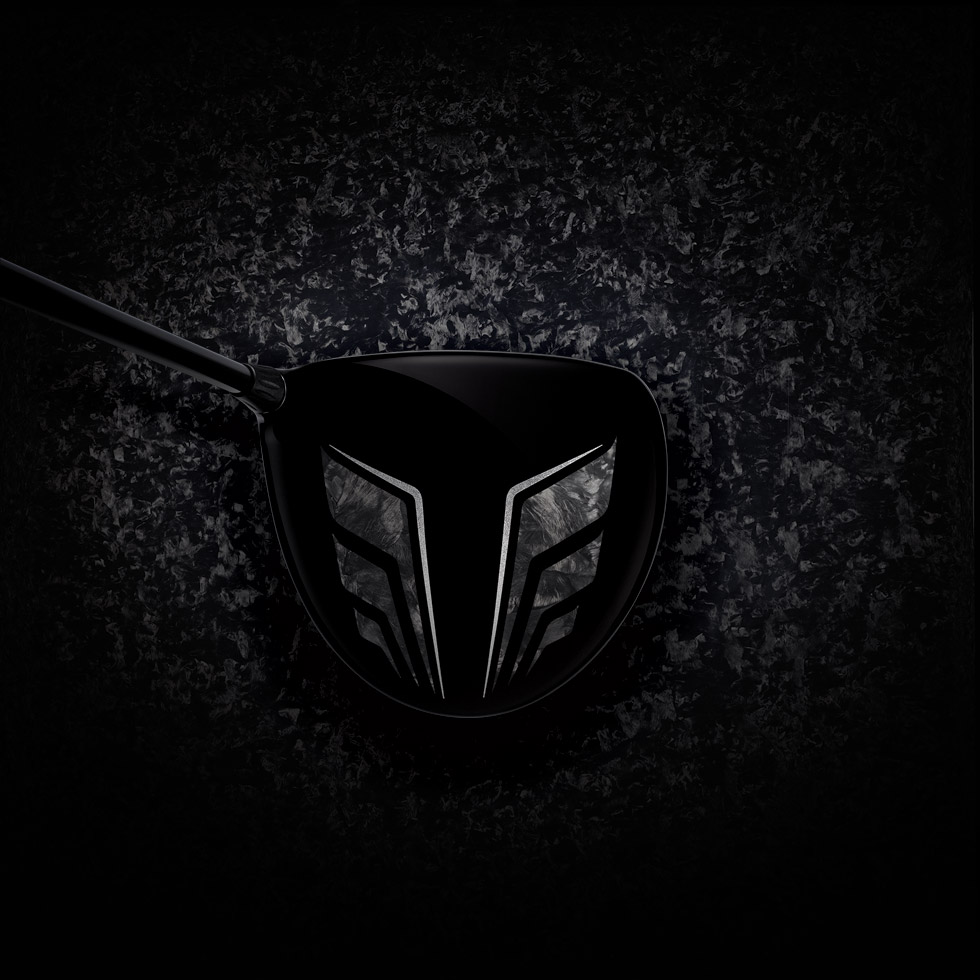
As you can see from the pictures, the appearance of the Diablo Octane Drivers is a little reminiscent of last year’s Diablo models, as it keeps the same deep reds and blacks, though with some style and flare decorating every side of the club, including some wild designs on the crown.
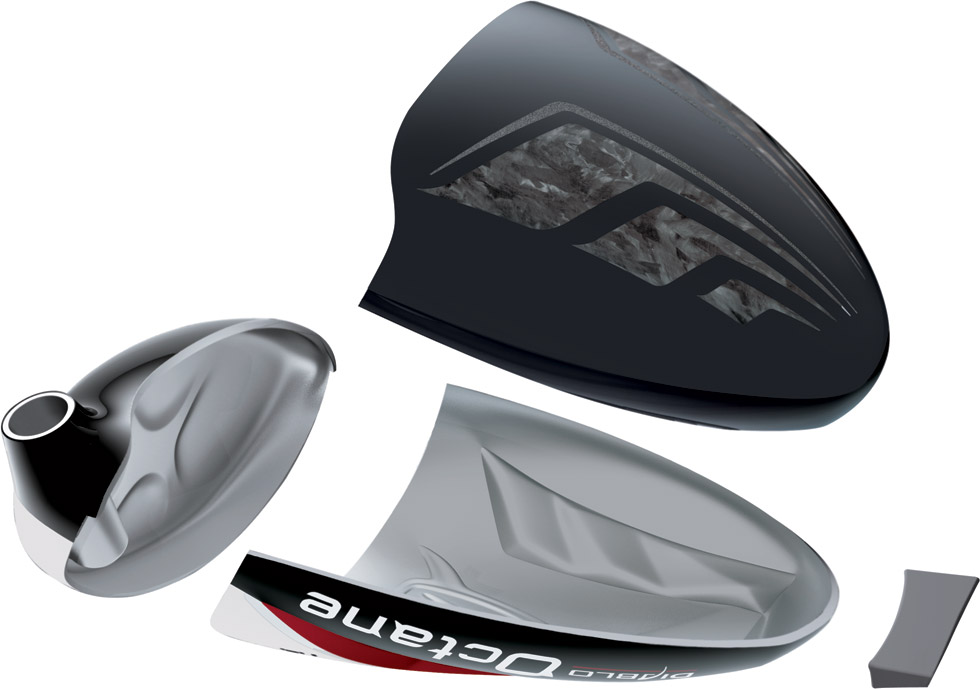
Applying Forged Composite in tandem with a proprietary isothermal forging process has generated a measurable performance advantage over the metal alloys generally used to manufacture golf clubs. The Diablo Octane Drivers are configured to deliver unmatched power and precision through superior design, construction and advanced materials.
Dr. Alan Hocknell, Sr. V.P., Research and Development, Callaway Golf
Though both models are mated to a Project X graphite shaft, the 60 gram Project X found in the Diablo Octane is a full 46″ long, while the Project X Tour in the Diablo Octane Tour model is cut to 45.5″ and weighs in at 70 grams. Both the standard and Tour models come equipped with Callaway’s rubber “Universal” reminder grip. Expect to see them in stores on November 12th, with a suggested retail price of $299.
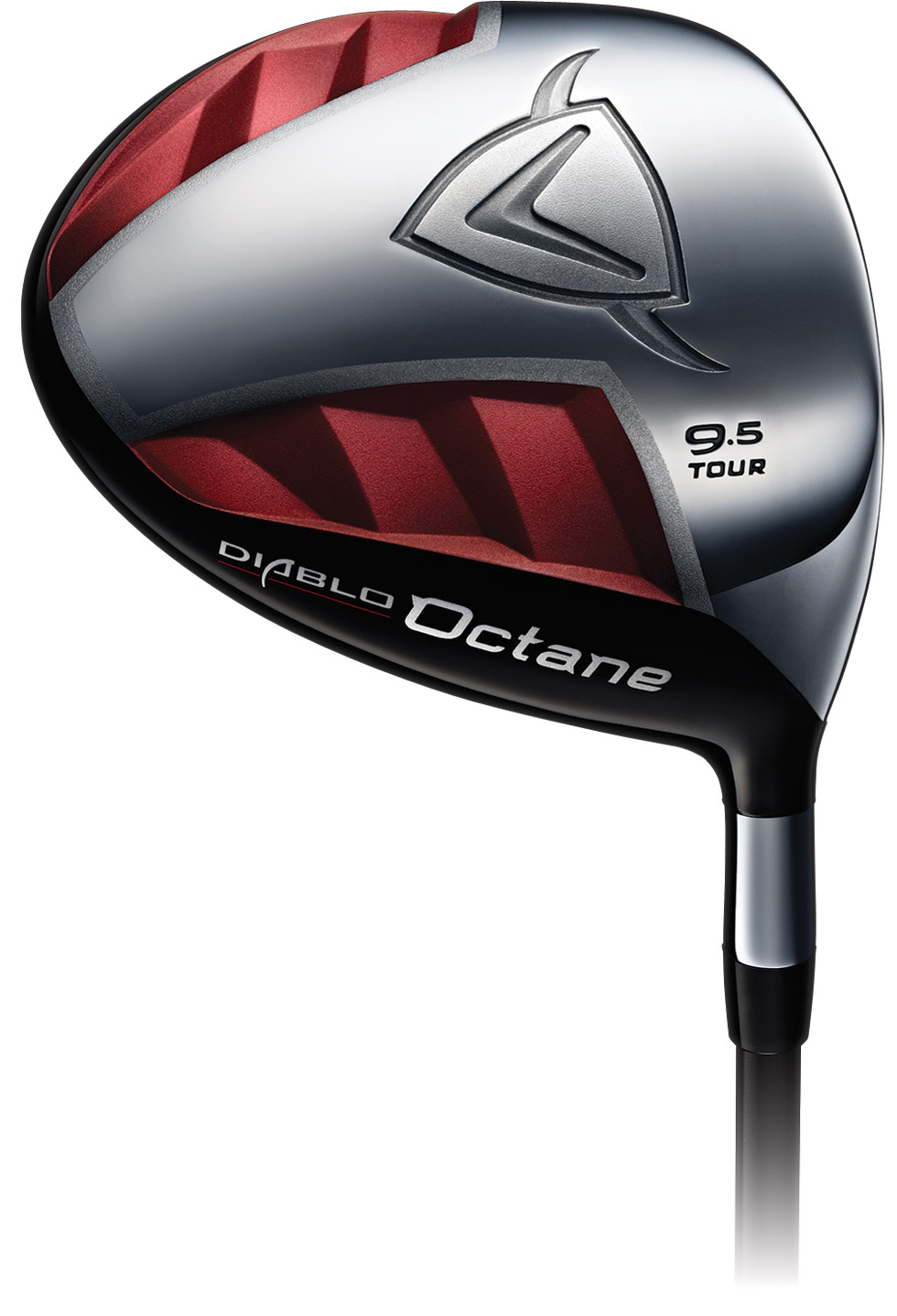
Diablo Octane and Diablo Octane Tour Fairway Woods
Of course normally with the release of new drivers is matching sets of fairway woods, and Callaway’s latest product into is no different. Like their larger driver brethren, Callaway is releasing new Diablo Octane and Diablo Octane Tour fairway woods. As one would expect, the standard version is larger, with a deeper CG to help the player to get the ball higher in the air. On the other hand, the smaller Tour model takes a little of the “GI” out of the picture, but allows for more workability with a lower, more boring, penetrating ball flight.
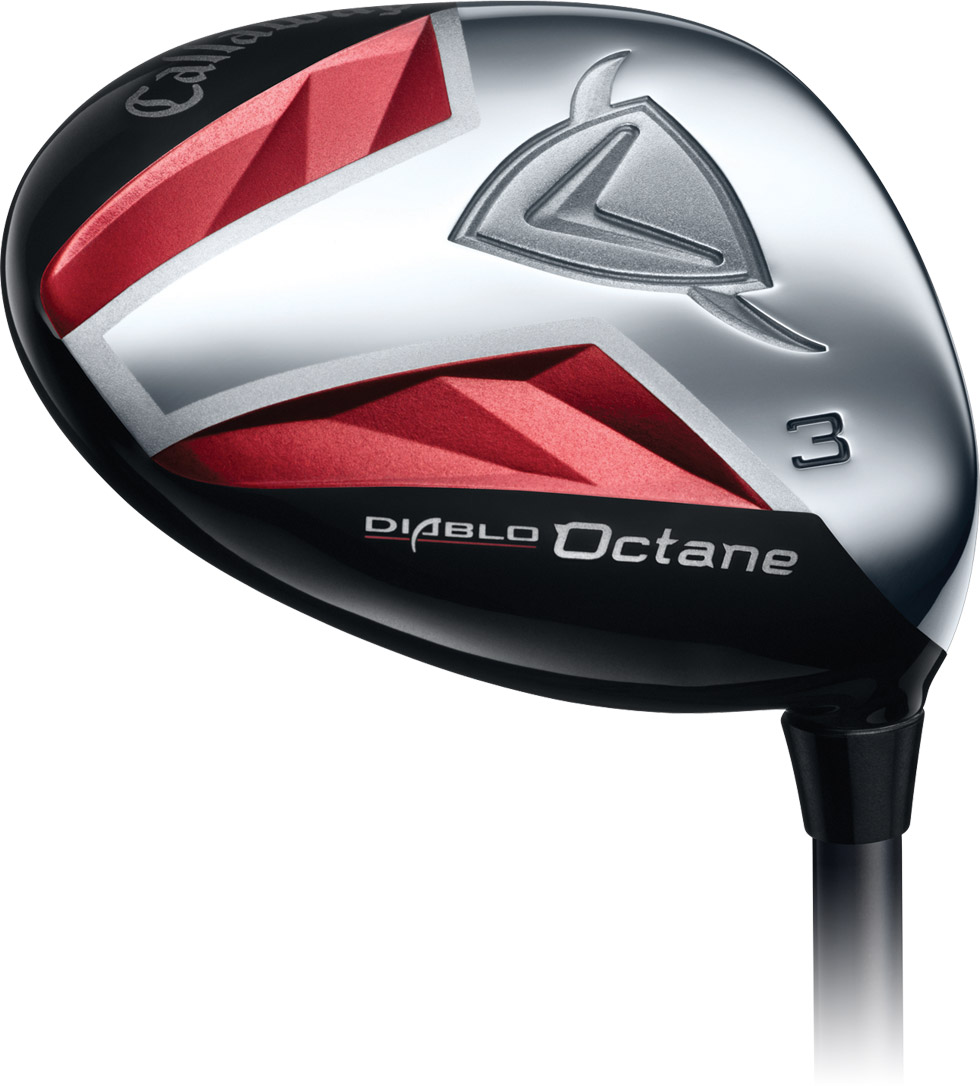
A key component of the Diablo Octane fairways is Callaway’s Variable Face Technology, which effectively expands the sweet spot, increasing ball speeds across a larger contact area, and ultimately promoting longer, more consistent distances. More energy is transferred to the ball thanks to this face design, which is thickest in the middle and thinnest around the outer edges.
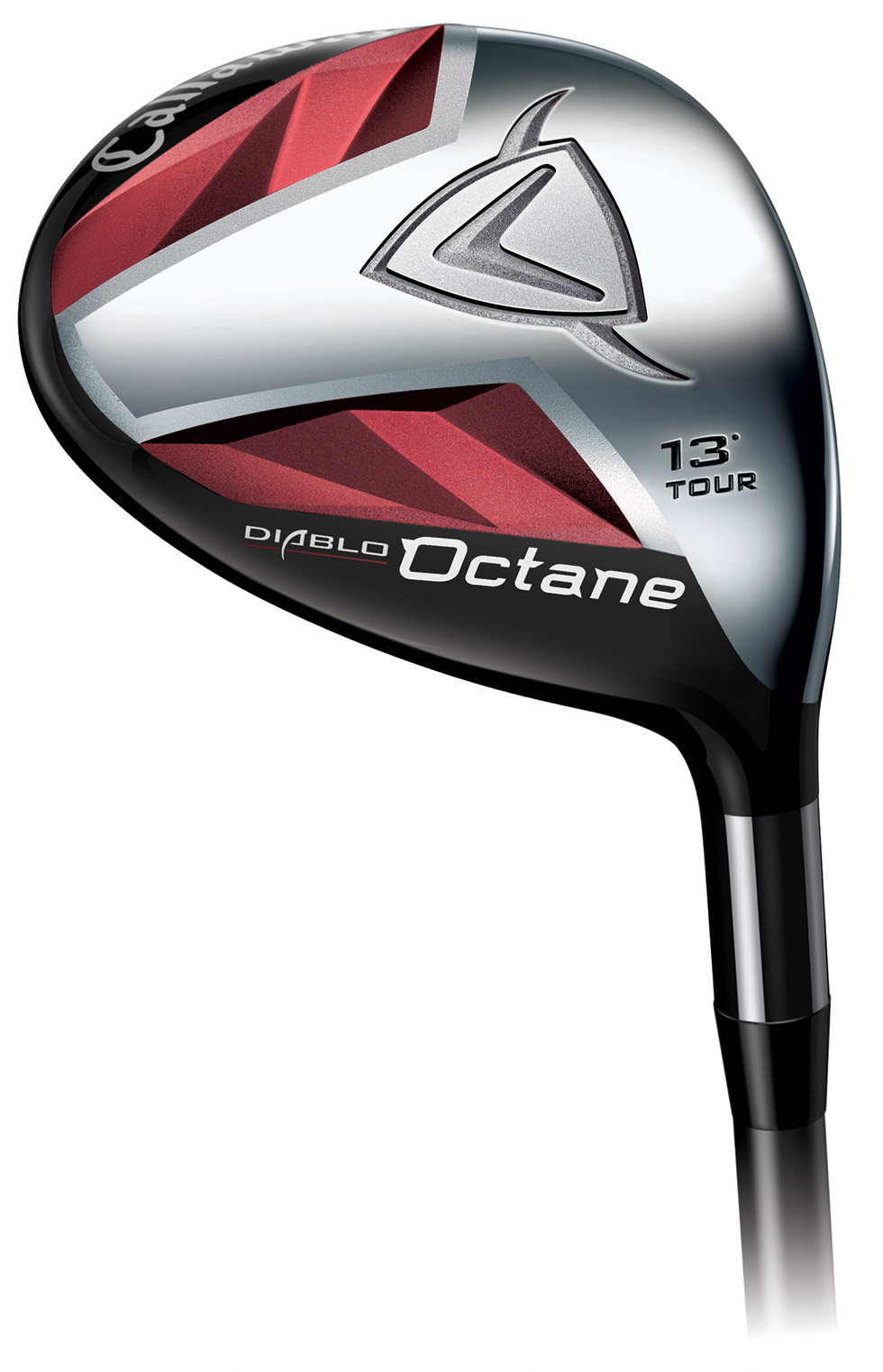
Both models are outfitted with homegrown Callaway Diablo Octane Fairway Graphite shafts, though the Tour model uses a “Tour” labeled shaft that is 10 grams heavier, at an overall weight of 70 grams. The standard grip, like the driver, is Callaway’s Universal rubber grip.
As for lofts, the standard Diablo Octane comes in your choice of a 15° 3W, a 17° 4W, a 19° 5W, a 21° 7W, and last but not least, a 24° 9W. Also note that only the 3W and 5W are available in both right-handed and left-handed flavors; the rest are RH only. The loft choices in the Tour model are a little more limited as it is only offered in a 13°, a 15°, and an 18°. The only loft available to both righties and lefties is the 15. You should see these begin to hit stores on November 12th, with a suggested retail price of $199.

Thanks for clearing up the bull about the devil, drama. I was really sweating purchasing these clubs… don’t want to offend my pastor buddies I play golf with!! Was thinking about putting a circle with a line through the logo… now, I can just explain, its a bull! Can’t wait to swing this club. Question.. would you suggest the larger Octane for a 18 handicapper, or will the tour model be OK?
<<"…a new chemical milling process which selectively removes unwanted material and allows for very precise control over the thickness of the face."
New?
Hasn't Callaway been touting that process since the first Diablo, two models ago?